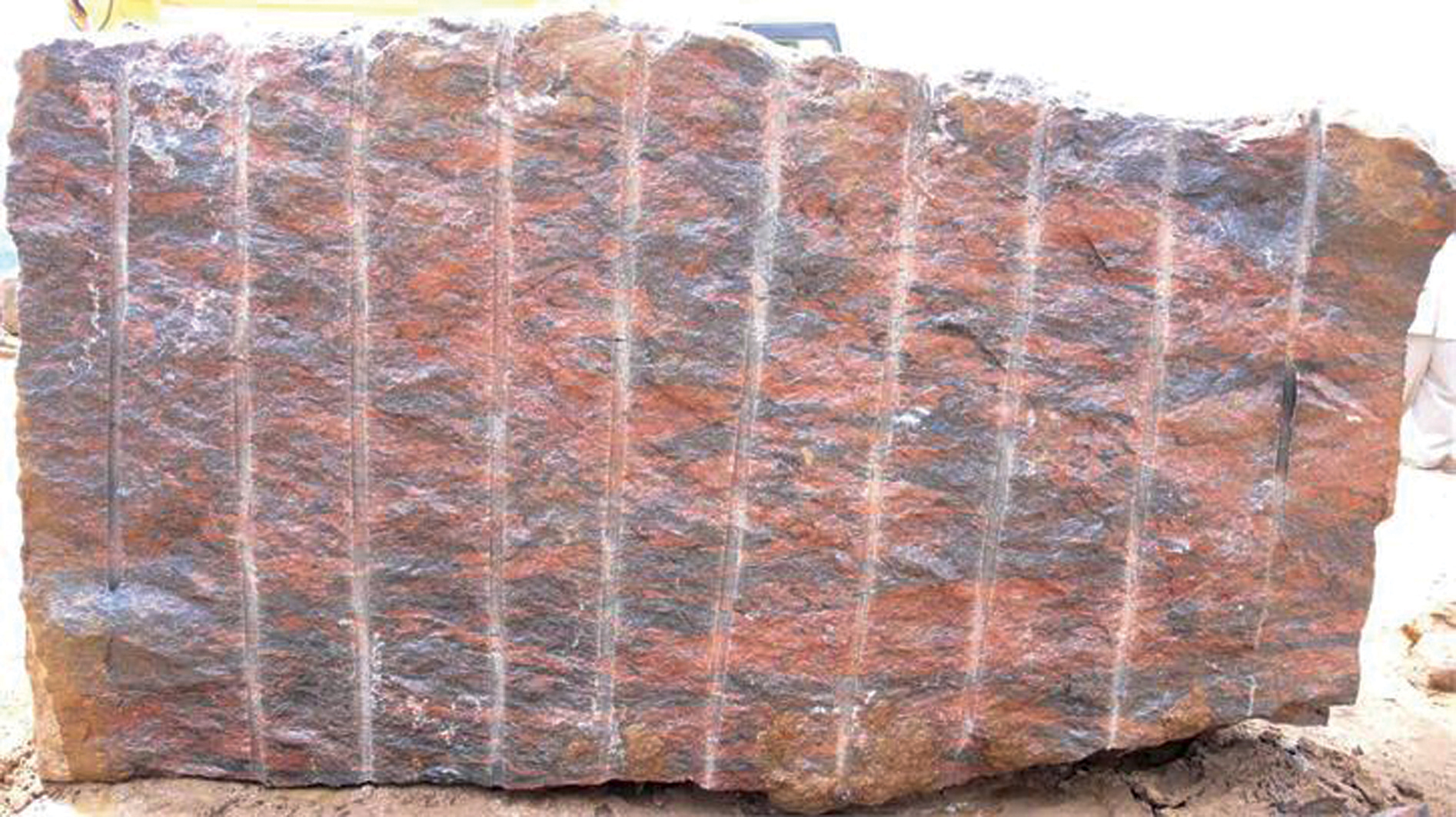Unveiling the Mysteries of Granite Quarrying: Where Stamina and Style Meet
The globe of granite quarrying is a world where the raw stamina of nature merges with human creativity to produce structures that stand the test of time with an air of sophistication. From the depths of quarries to the thorough polishing in workshops, the process of transforming granite into building marvels is an intricate dance of practice and innovation. As we peer into the depths of this old craft, we start to uncover the hidden details that shape the very essence of our built environment.
The Origins of Granite Quarrying
In the annals of architectural history, the beginnings of granite quarrying are shrouded in a tapestry of ancient workmanship and geological marvels. Dating back to old Egypt and Mesopotamia, the extraction of granite from quarries noted the beginning of a journey that would at some point lead to the production of some of the globe's most famous frameworks.
Granite quarrying's origins can be traced to the competent artisans who acknowledged the rock's resilience and visual allure. Through a combination of primitive devices and large determination, these very early quarry employees discovered granite blocks that would come to be the structure blocks of civilizations.
As people evolved, so did the methods of quarrying granite. The Romans, renowned for their engineering expertise, developed innovative approaches for removing granite to construct monoliths, temples, and roads that stood the examination of time.
The heritage of these ancient quarrying techniques continues to form contemporary architecture, with granite staying a sign of strength and style in building projects around the world. (granite quarries in south africa)
Tools of the Quarrying Trade
The advancement of granite quarrying methods from ancient human beings to contemporary times highlights the crucial duty played by the devices of the quarrying profession in shaping the market's methods. In ancient times, quarrying devices were fundamental, commonly being composed of chisels, hammers, and wedges made from materials like bronze or iron. These devices called for substantial manpower and time to extract granite blocks from quarries.

Additionally, the intro of pneumatic tools and high-powered equipment has actually significantly reduced the physical labor called for in quarrying operations, enhancing worker safety and performance. As the quarrying market remains to introduce, the devices of the profession continue to be at the leading edge of driving development and shaping the future of granite extraction.
Extracting Blocks of Granite
Utilizing precision machinery and progressed methods, the removal of granite obstructs from quarries has actually come to be an innovative procedure in the contemporary quarrying market. The preliminary step involves determining the place and dimension of the granite deposit to identify the most efficient extraction method. Once an ideal site is picked, the extraction process begins with the boring of holes for the positioning of dynamites. Controlled blasting techniques are then used to damage apart the granite into workable areas.

Polishing and Finishing Techniques
To achieve a perfect surface area on granite blocks, skilled craftsmens use a series of thorough polishing and finishing methods. After the first removal and shaping procedures, the granite obstructs go through a complete sprucing up phase to boost their natural elegance and toughness.
In enhancement to sprucing up, ending up methods are applied to further improve the granite's appearance. By very carefully picking and applying these brightening and ending up methods, craftsmens can change try here raw granite obstructs right into charming items that showcase both toughness and sophistication.

Environmental Effect and Sustainability
With the growing emphasis on ecological awareness in the market, granite quarrying techniques are significantly scrutinized for their influence on natural deposits and long-lasting sustainability. Quarrying for granite can have considerable environmental ramifications. The extraction process usually entails the use of hefty equipment, explosives, and large amounts of water, leading to environment damage, soil disintegration, website link and water air pollution. Furthermore, the transport of granite from quarries to processing centers produces carbon discharges, additionally adding to ecological deterioration. granite quarries in south africa.
To minimize these impacts and guarantee sustainability in granite quarrying, market stakeholders are embracing different measures. Executing advanced technologies to minimize energy usage and water use, redeeming quarried land for environmental repair, and advertising responsible sourcing practices are some techniques being used. Certifications such as the Woodland Stewardship Council (FSC) and the Leadership in Energy and Environmental Design (LEED) help consumers identify eco friendly granite items.
Final Thought
Finally, granite quarrying is a process that calls for specialized devices and techniques to essence blocks of granite and polish them to a high degree of coating. While the ecological website link effect of quarrying can be substantial, initiatives are being made to enhance sustainability techniques in the market. Generally, granite quarrying is a delicate balance between taking advantage of the stamina and style of this natural rock while minimizing its effect on the atmosphere.